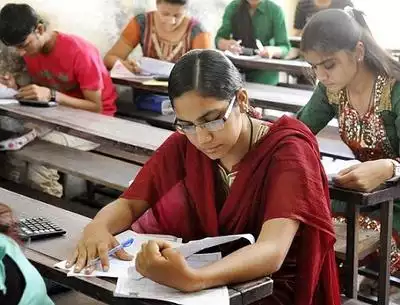Context:
The Education Ministry defines ‘literacy,’ and ‘full literacy’.
More on the news
The Ministry of Education (MoE) has defined ‘literacy,’ and what it means to achieve ‘full literacy,’ in the light of the renewed push for adult literacy under the New India Literacy Programme (NILP).
- literacy may be defined as the ability to read, write, and compute with comprehension, and to identify, understand, interpret, and create along with critical life skills such as digital literacy, financial literacy, etc.
- Full literacy (to be considered equivalent to 100% literacy) will be achieved at 95% literacy in a state/UT that may be considered equivalent to being fully literate.
- A non-literate person may be considered as literate under the NILP, as per the aforementioned definition when she/he has been declared literate after taking the Foundational Literacy and Numeracy Assessment Test (FLNAT).
- In 2024, only 29,52,385 only (85.27% of the total appeared candidates) were certified as literate in FLNAT exam.
New India Literacy Programme (NILP)
- It is a Centrally Sponsored Scheme launched by the Ministry of Education.
- NILP was launched for implementation during five years from the FYs 2022-23 to 2026-27.
- The scheme aims to cover a target of 5 crore non-literates in the age group of 15 years and above.
- All the non-literate above 15 years of age can avail the benefits of the scheme.
The Scheme has five components:
(i) Foundational Literacy and Numeracy
(ii) Critical Life Skills
(iii) Vocational Skills Development
(iv) Basic Education and
(v) Continuing Education.
- The non-literate can avail the benefit of the scheme through direct registration from any place through the mobile app.
- The scheme is in alignment with the recommendations of the National Education Policy (NEP) 2020.
- The scheme is based on technology and implemented predominantly through online mode.

